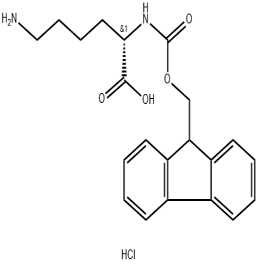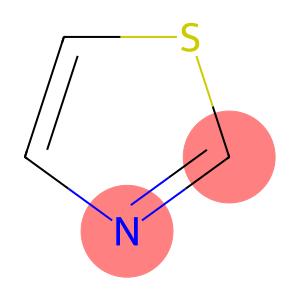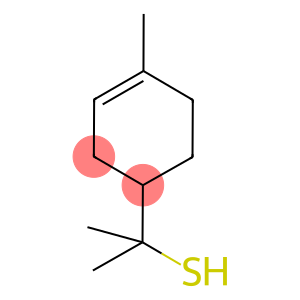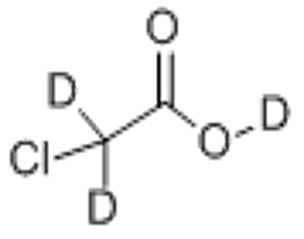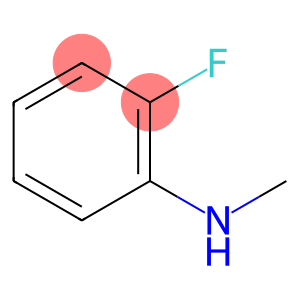Fmoc-Lys-OH·HCl(CAS# 139262-23-0)
Risk and Safety
| Safety Description | 24/25 – Avoid contact with skin and eyes. |
| WGK Germany | 3 |
| HS Code | 29242990 |
Fmoc-Lys-OH·HCl(CAS# 139262-23-0)introduction
Fmoc lysine hydrochloride is a commonly used amino acid protecting group, with the chemical name 9-fluorofluorenylformyllysine hydrochloride. The following is an introduction to the properties, uses, preparation methods, and safety information of Fmoc lysine hydrochloride:
nature:
-Appearance: Fmoc lysine hydrochloride is a white to light yellow crystalline powder.
-Solubility: It is soluble in organic solvents such as dimethyl sulfoxide, dimethylformamide, and dichloromethane, but has poor solubility in water.
-Stability: Fmoc lysine hydrochloride is relatively stable at room temperature, but should be avoided from exposure to high temperatures, sunlight, and humid environments.
Purpose:
-Fmoc lysine hydrochloride is commonly used in Solid Phase Synthesis (SPS) as an option for amino acid protecting groups. It can protect the amino groups in lysine to prevent unexpected side reactions during the reaction process.
-In the synthesis of peptides and proteins, Fmoc lysine hydrochloride is commonly used to synthesize peptide chains with specific sequences.
Manufacturing method:
-The commonly used method for preparing Fmoc lysine hydrochloride is to react Fmoc lysine with hydrochloric acid to generate Fmoc lysine hydrochloride. This reaction can be carried out at room temperature, and the product is usually purified by crystallization.
Security information:
-Fmoc lysine hydrochloride is less harmful to the human body under normal usage conditions. However, as a chemical substance, users still need to pay attention to safe operation and avoid exposure routes such as inhalation of dust, skin contact, and ingestion.
-For individuals with asthma, skin allergies, or other health issues, special attention should be paid when using it. Laboratory safety operating procedures should be followed, such as wearing appropriate protective gloves, goggles, and laboratory coats.


